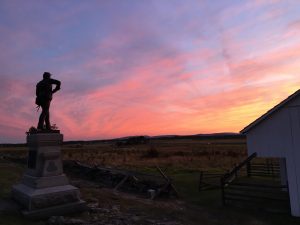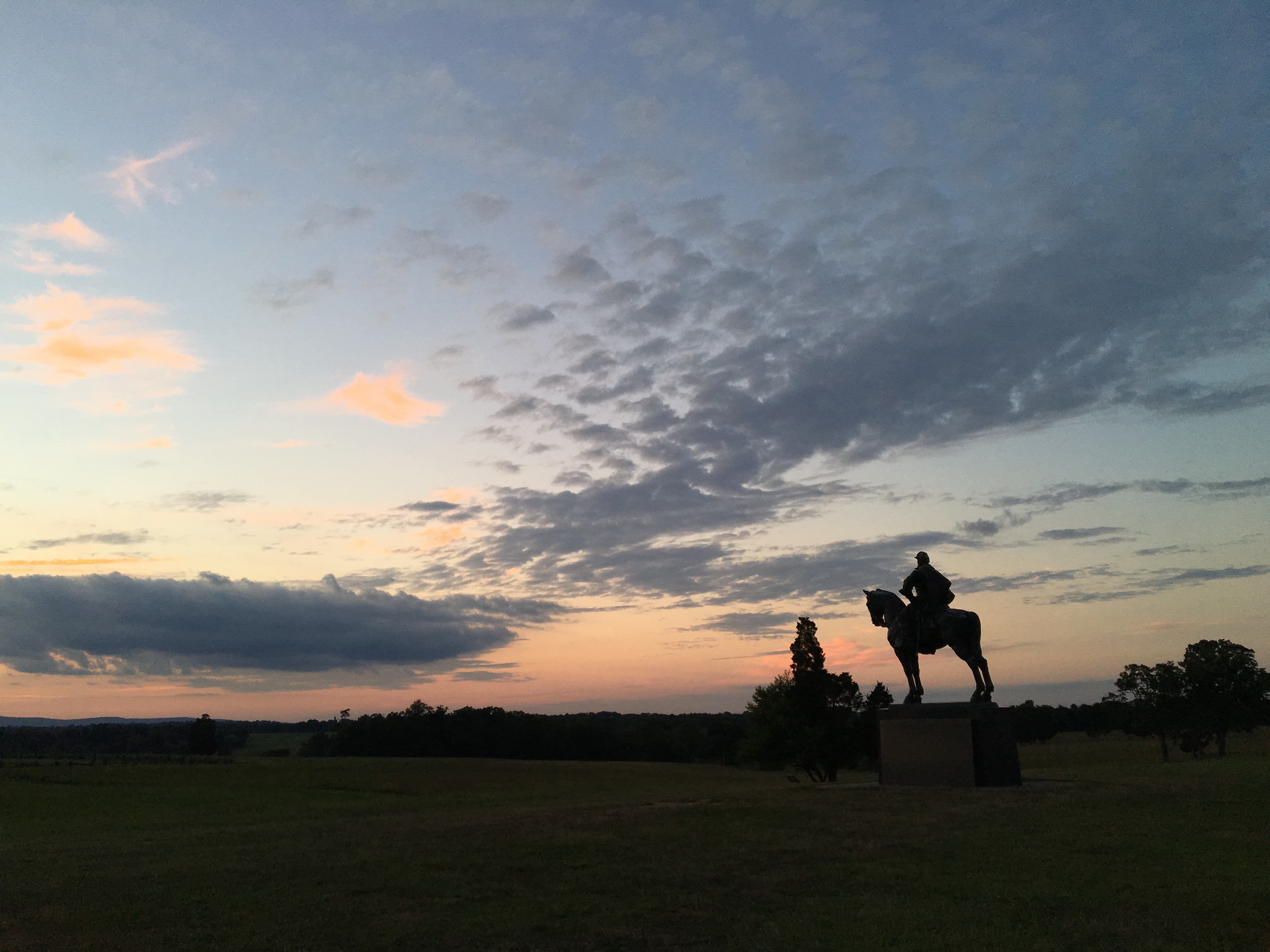
I began writing on this topic several weeks ago, well before the despicable rally that took place in Charlottesville over the weekend. The controversy over Confederate monuments has been unquestionably transformed by the alliance of neo-Nazis, the Ku Klux Klan, and the so-called Alt-Right that came out “in defense” of Charlottesville’s Robert E. Lee monument.
The essay that follows is different from others that question Confederate monuments. Many writers have urged their removal in recent months, rightly identifying them with slavery, the Jim Crow Era, and the endurance of white supremacy. I do not intend to replicate their efforts.
Untangling history from mythology and ideology will remain a painful challenge in the months ahead. Even moderates appalled by the actions of the Far Right will struggle to understand the necessity of making a dramatic break from the past. In part, I believe, this is because we have for so long embraced monuments—particularly Civil War monuments—as part of a sacred and unassailable canon (not cannon) of Civil War memory. We took it for granted that monumentation was the proper way to commemorate both sides of the conflict. We not only ignored how certain monuments reinforced historic injustices, but also how monumentation has more generally warped our sense of the past.
The title of this piece suddenly seems unremarkable, especially as we will no doubt hear increasingly forceful calls for monument removal. The tone and content that follow likewise feel too tame to represent the collective outrage we should all feel after the events of this weekend. A week ago, my words felt radical and provocative. Today, I recognize that the ground has shifted beneath me. Nonetheless, I put to you the following questions:
Can you imagine an America without Confederate monuments? What about an America without any Civil War monuments at all?
A few weeks ago, historian Megan Kate Nelson posed two provocative alternatives to the false remove/defend dichotomy of the Confederate monument debate. Her modest proposals offered ideas for how “to transform Confederate memorials into new representations of American history.” The first proposal is as follows:
“A city government or university administration invites citizens to approach a Confederate memorial, take up cudgels, and swing away. The destruction will take however long it takes. It will be a group effort, a way for an entire community – yes, the entire community, ideally – to convert a symbol of racism and white supremacy into a symbol of resistance against oppression. Afterward, the ruins will remain.”
Dramatic, perhaps, but it has a certain cathartic appeal to it, especially after Charlottesville. Some of her readers agreed, while others reacted (unsurprisingly) with horror. It does seem a bit extreme, and it’s obviously intentionally provocative, but there is value to thinking more deeply about how monument removal can better remedy historic injustices.
I confess, I like monuments. I don’t feel particularly moved by their physical presence and I despise the subversive messages that some carry, but I enjoy thinking about monuments. I love how they both reveal and conceal patterns of memory and cultural impulses. But I’ve been troubled for the last several years by a nagging question that just won’t go away.
Why are we so attached to these giant carved stones?
Perhaps it’s because we’re taken by their grandeur, because we believe in what they represent, or just out of respect for the past generations that erected them.

But I would also suggest another reason: when it comes to relating to our past, we lack historical imagination. We are so accustomed to seeing public monuments that we take it for granted that their projection of American exceptionalism is authoritative. We have elevated these stone sentinels to a central position in our relationship with the Civil War. That goes for Union monuments as well as Confederate ones; the statues of both belligerents have historically represented the triumph of the stories we want to hear over the stories we need to hear, like slavery or Jim Crow.
For many Civil War tourists, especially those who have only ever visited Gettysburg or Antietam, monuments make the battlefield. They have become icons that distinguish the fields of valor from generic farmland. Visitors to other national battlefield parks sometimes express disappointment at the lack of monuments, as if the park service needs to do more to physically memorialize the battle. Most visitors simply don’t think about how and why the monuments got there. It’s hardly their fault; the public is not trained to think critically about history, much less memory. It takes more than a few casual visits to a historic site to comprehend how erectors’ commemorative purposes could intersect with political ones (if the two can ever be distinguished).
Monuments are therefore both misunderstood and overrated. Yet they, along with battlefield tours and reenacting, occupy a central platform of the Liturgy of the Civil War. Visitors expect to encounter these things when they visit Civil War sites. No proper Civil War vacation is complete without paying homage to monuments, without going on a ranger tour, without visiting reenactors camped out on the battlefield. These activities aren’t inherently bad, but our fixation on them certainly limits how we think about and engage with the Civil War.
Charlottesville’s own Thomas Jefferson wrote of his belief that “the earth belongs exclusively to the living and that one generation has no more right to bind another to its laws and judgments than one independent nation has the right to command another.” For all his faults—and there were many—Jefferson understood that we cannot allow the past to be an albatross around our neck. The times change and so must our relationship with the past.
Should we successfully overcome the paradigm that memory is as immutable as stone and bronze, we could instead honor the living legacy of the Civil War. What better living monument to the soldiers, slaves, and civilians than the United States of America and its unlimited potential for improvement (admittedly hijacked at the moment). And if that notion proves too abstract, perhaps we could view the battlefields and historic spaces themselves as monuments to the events that took place there. After all, as one stone monument at Gettysburg National Military Park asserts, “Their valorous deeds will be enshrined in the hearts of men long after these transient memorials have crumbled into dust.” I would rather have the Lost Cause enshrined in the hearts of men than through monuments. Hearts may be even harder to change, but at least people believe they can be.
To move beyond our dependence on monuments would be to liberate our present from our past. Monuments to the Lost Cause may be the most morally objectionable of those across the country, but it is our dogmatic approach to the past that has kept them normalized them in the eyes of the public. If we are to break free of the chains of Civil War memory, we need to be willing to reconsider our relationship with the past in radical ways. Removing certain monuments is not destroying history; rather, it is making history.
